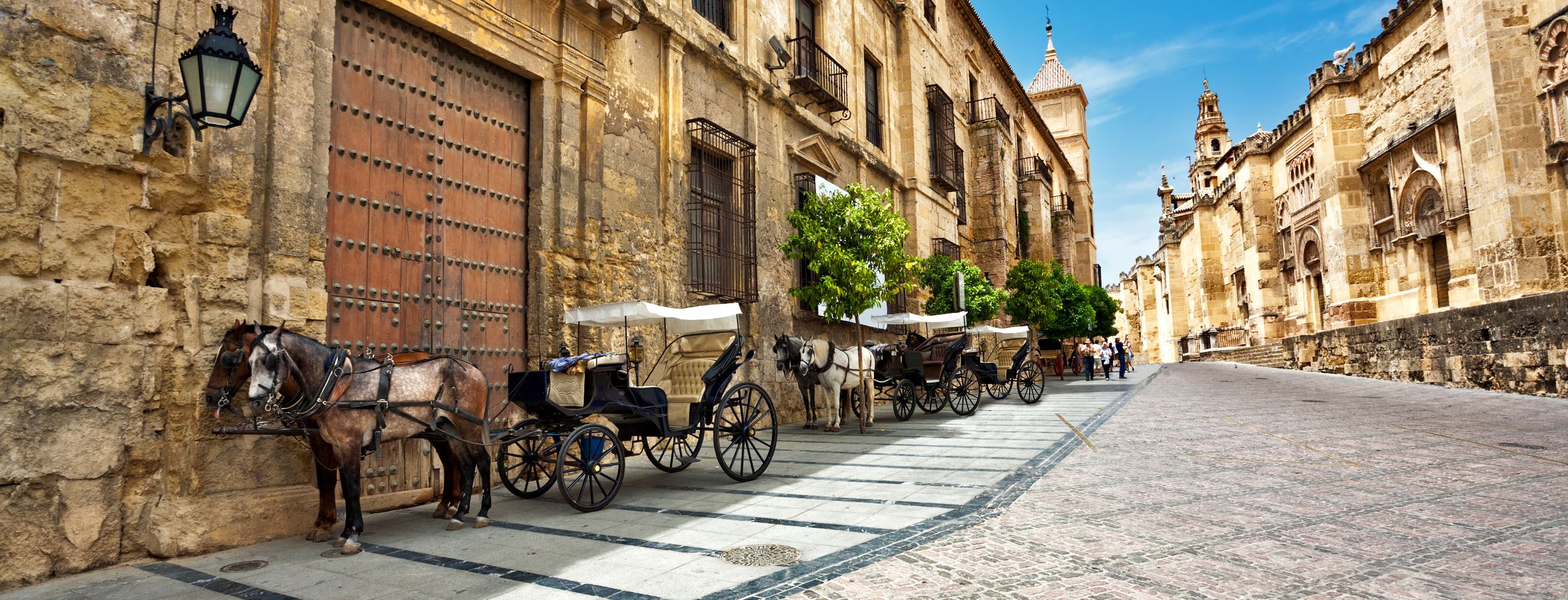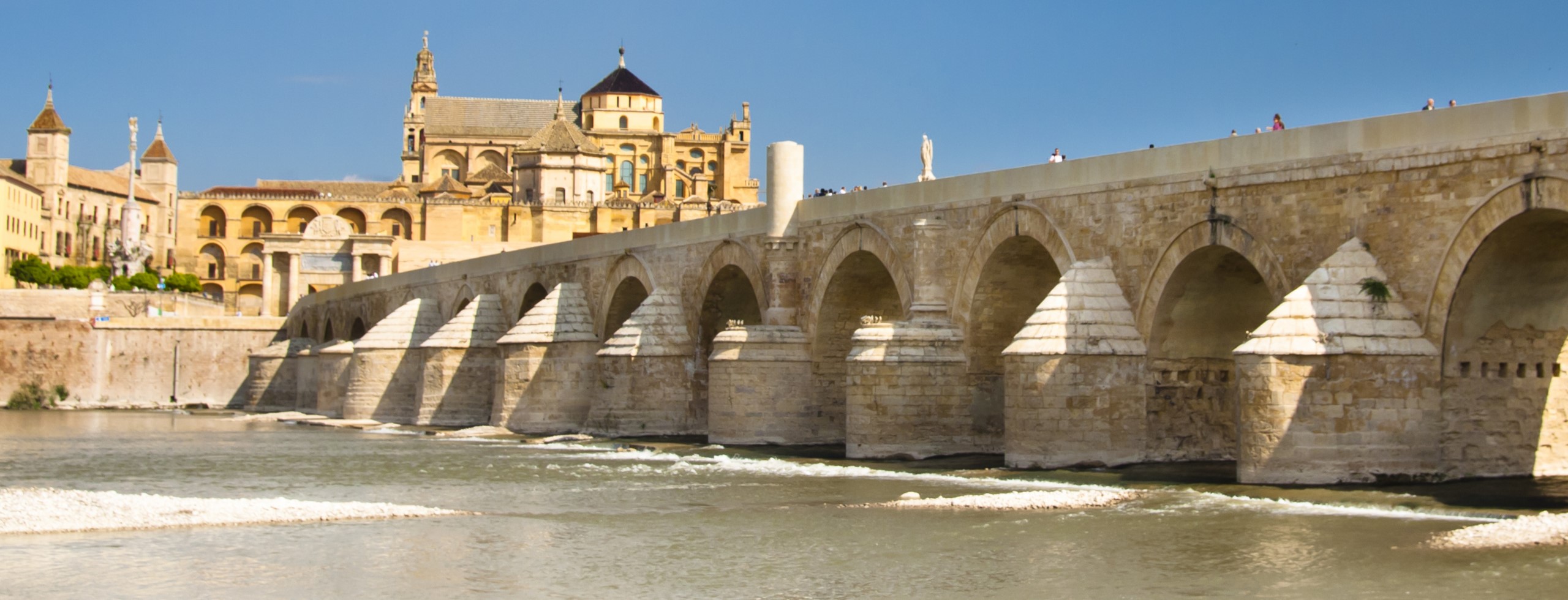Very few places in the world can boast of having been the capital for both Roman and Moorish Spain. Once one of the greatest capitals of the world, its small streets, squares, and whitewashed courtyards all reflect the prominent position this city had. Christian, Islamic and Judaic cultures all lived side-by-side in Cordoba – something that can be seen throughout the city in its monuments and architecture. Thanks to the myriad of cultures that settled here throughout history, Cordoba has much to offer in terms of art, culture and leisure. It is a modern provincial town with wide avenues and bustling shops and one of the cultural capitals of Spain – a truly Andalusian city!
- Rich history
- Religious significance
- Historical landmarks
- Traditional restaurants
- Lively nightlife
Cordoba’s history has been traced back to the remains of a Neanderthal man dating back to 42,000 - 35,000 BC. The first historical mention of a settlement dates to the Carthaginian expansion when the general Hamilcar Barca renamed it Kartuba, meaning the city of Juba, who was a Numidian commander who had died in a battle nearby.
Corduba, as the Romans called the city, was the capital of the Roman province of Hispania. Occupied by the Byzantine Empire in 552-572 and then the Visigoths in the late 6th century, Cordoba was captured in 711 by Muslim invaders and eventually the city became the Islamic capital of the Iberian Peninsula. In 929, under Abd ar-Rahman III, Cordoba became the largest city in Western Europe. Abd ar-Rahman III’s court was frequented by Jewish, Arab and Christian scholars, and the city had stunning mosques, libraries, observatories, aqueducts, and a university. Cordoba became a place of pilgrimage for Muslims and at its peak, controlled most of the Iberian Peninsula and a good part of North Africa.
Following the death of the fearsome general, Al-Mansour (Almanzor) in 775 AD, internal struggle for power led to the destruction of many splendid buildings. The city fell into steady decline during the next decades and after several changes in power, Cordoba was eventually captured by Kind Ferdinand III of Castille in 1236. A long and slow decline continued for Cordoba and by the 18th century its population was reduced to just 20,000 inhabitants (20 times smaller than it had been in the 11th century). Since the 20th century, Cordoba’s population and economy have begun to grow and in 1984 it was declared a World Heritage Site by UNESCO.



 View Map
View Map 

